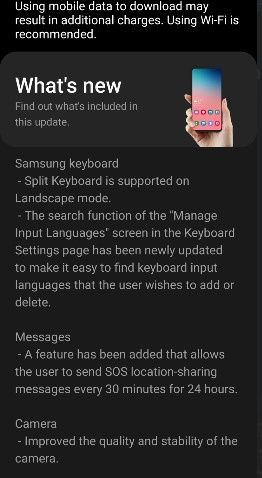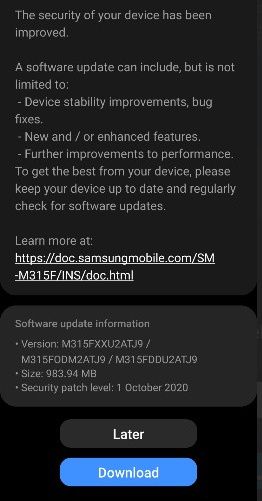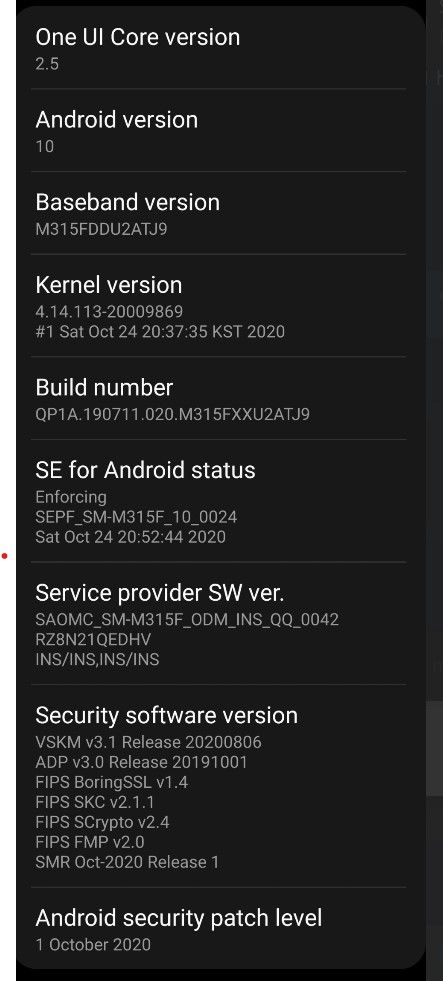Smartphone cameras have come a long way, but there is still some way to go before they can match the latest mirrorless cameras. One of the key limitations that smartphone cameras have has been that they traditionally have fixed focal lengths. To get around this limitation, device makers have turned towards multi-camera solutions to provide a wider field-of-view with ultra-wide-angle cameras as well as a narrower field-of-view with cameras having fixed telephoto lenses. This limitation still means the secondary and tertiary cameras have poorer optics in terms of the aperture and resulting ability to capture light, as well as smaller sensors in general. Traditional mirrorless and DSLR cameras, on the other hand, have a single camera sensor and interchangeable lenses, which feature variable focal lengths. For example, you can have a 18-55mm kit lens that is usually paired with budget DSLR or mirrorless cameras, which means you can take ultra-wide-angle, wide-angle as well as normal photos with the same sensor. While some camera-specialized smartphones in the past such as the Galaxy K Zoom did have physical optical zoom technology (which is used in point-and-shoot cameras ) with retractable lenses, it never became popular on mainstream phones. This may change in the future as Xiaomi has now introduced its latest self-developed Retractable Wide-Aperture Lens Technology after taking inspiration from traditional camera designs.
The company announced on Weibo (via Android Authority) that its Retractable Wide-Aperture Lens Technology features a retractable optical structure, which is designed to compactly lodge within the phone and which can extend out when needed. The design is said to allow the retractable telescopic camera to have a larger aperture to increase the light amount by 300%, although Xiaomi didn’t specifically provide an f-number. It also supposedly showcases better performance in portraits as well as night photography compared to the currently available camera structures.

Xiaomi adds that the technology also incorporates a new image stabilization technology that offers a larger anti-shake angle, which makes the images more stable and increases the sharpness by 20% as well. The company states it will continue to integrate these professional imaging technologies into smartphone photography, thus bringing professional photography to smartphone users as well as adding to its list of imaging technology breakthroughs (which includes being the first to use a 108MP camera sensor in a phone).

The lens extends out from the body of the phone like point-and-shoot cameras, which allows it to physically move in and out. Xiaomi hasn’t specified a zoom range for the technology yet, and while the obvious benefit of such a technology is to offer the ability to do real optical zoom without relying on a secondary camera, Xiaomi doesn’t specifically state that this will offer the ability to physically zoom in on subjects.
Featuring this technology in a future Xiaomi phone may allow the company to have just one camera instead of the dual and triple camera solutions that are so popular today, as the need for a secondary telephoto camera with poorer optics and a smaller sensor is negated. On the other hand, this will have an adverse impact on the phone’s thickness as the lens has to physically extend out, which is why, up until now, device makers haven’t been keen on offering retractable zoom technology in their phones.
Xiaomi doesn’t say when its new Retractable Wide-Aperture Lens Technology will be available on a commercial phone. It’s probably too late to expect it to feature on the company’s upcoming Mi 11 flagship, but if the company does manage to mass produce this with great execution, it could result in big image quality improvements, particularly in zoom as well as in low light photography.
The post Xiaomi teases a large telephoto lens for smartphones that can physically zoom appeared first on xda-developers.
from xda-developers https://ift.tt/3eu8L1g
via IFTTT





